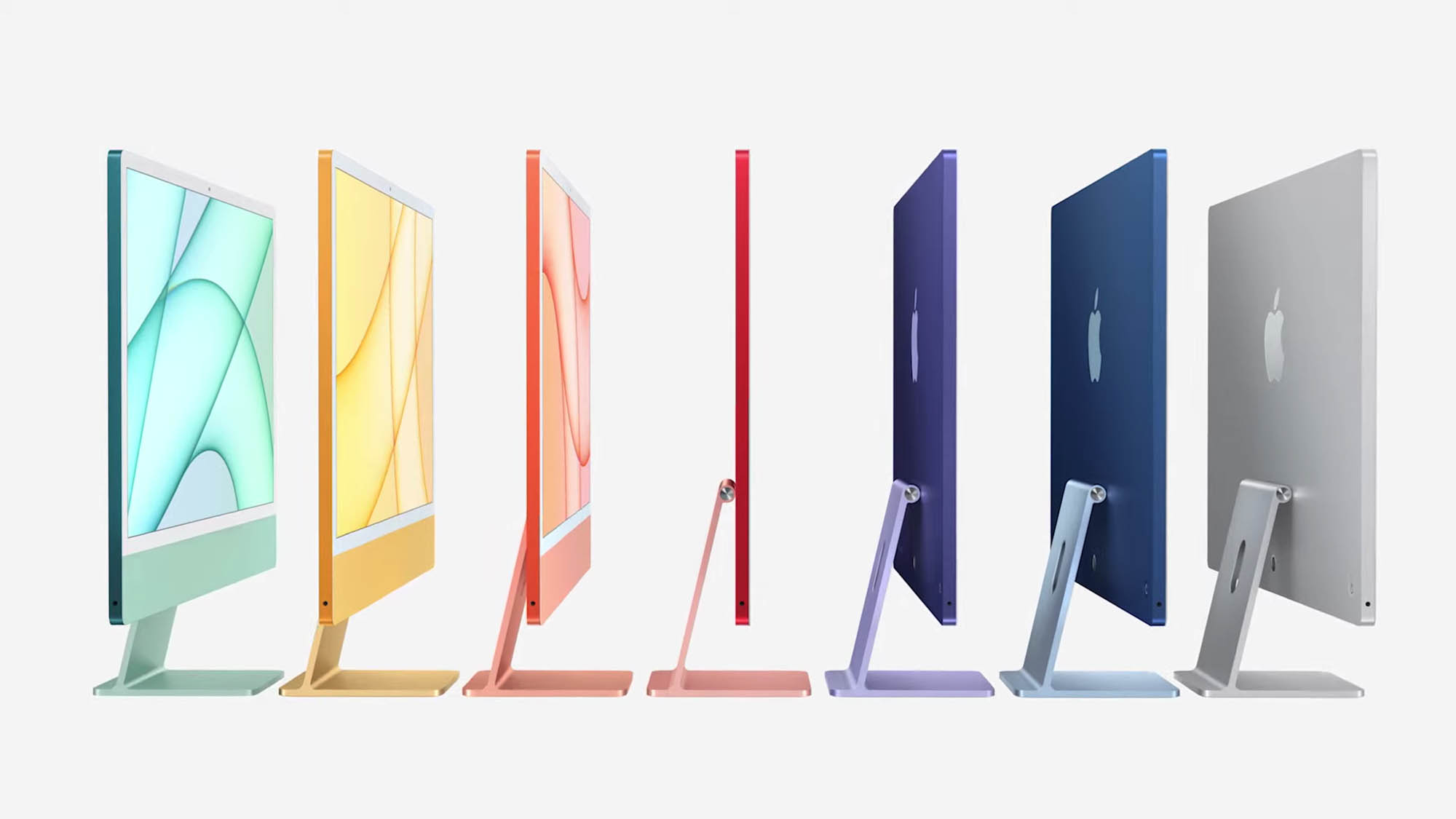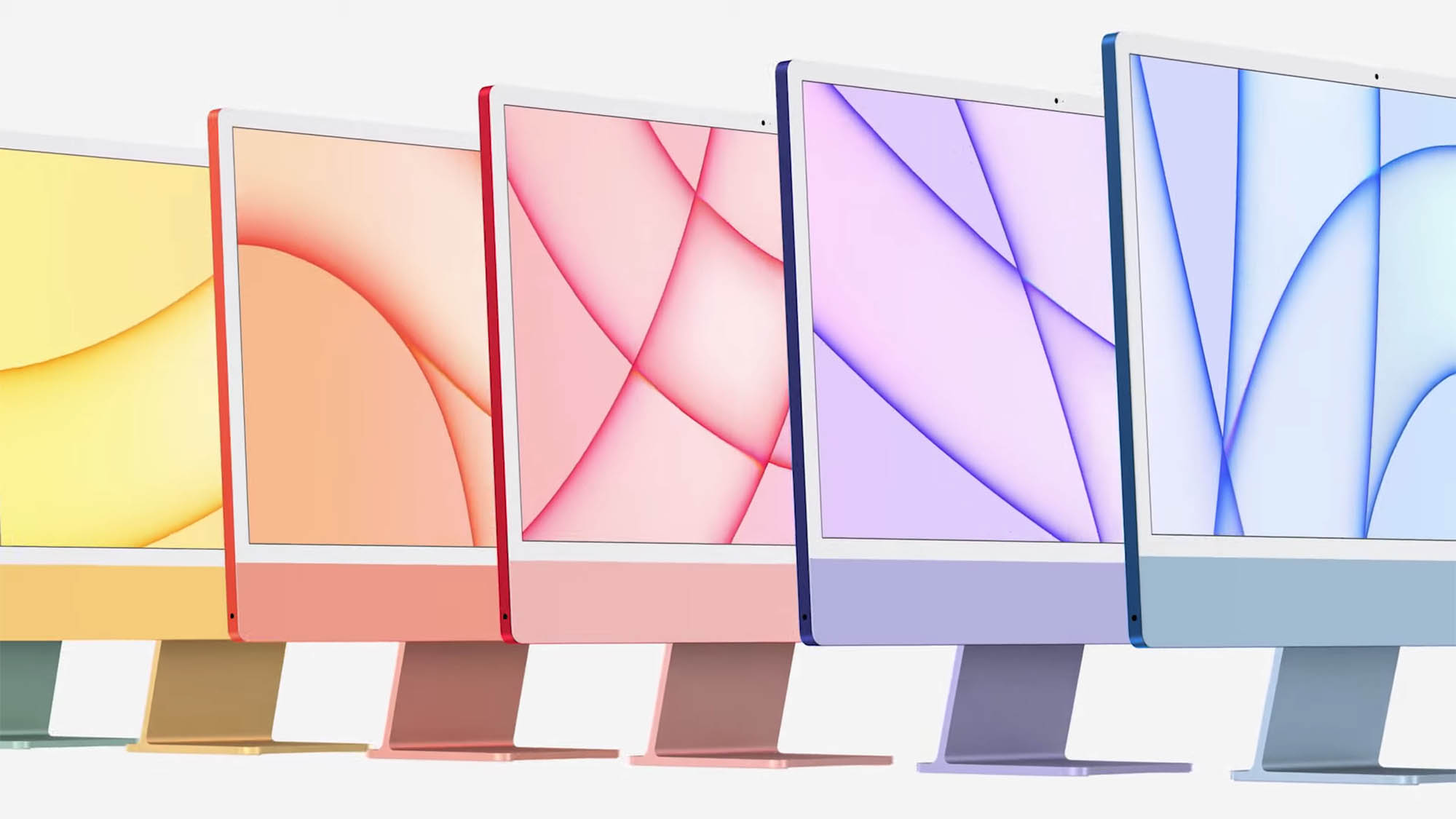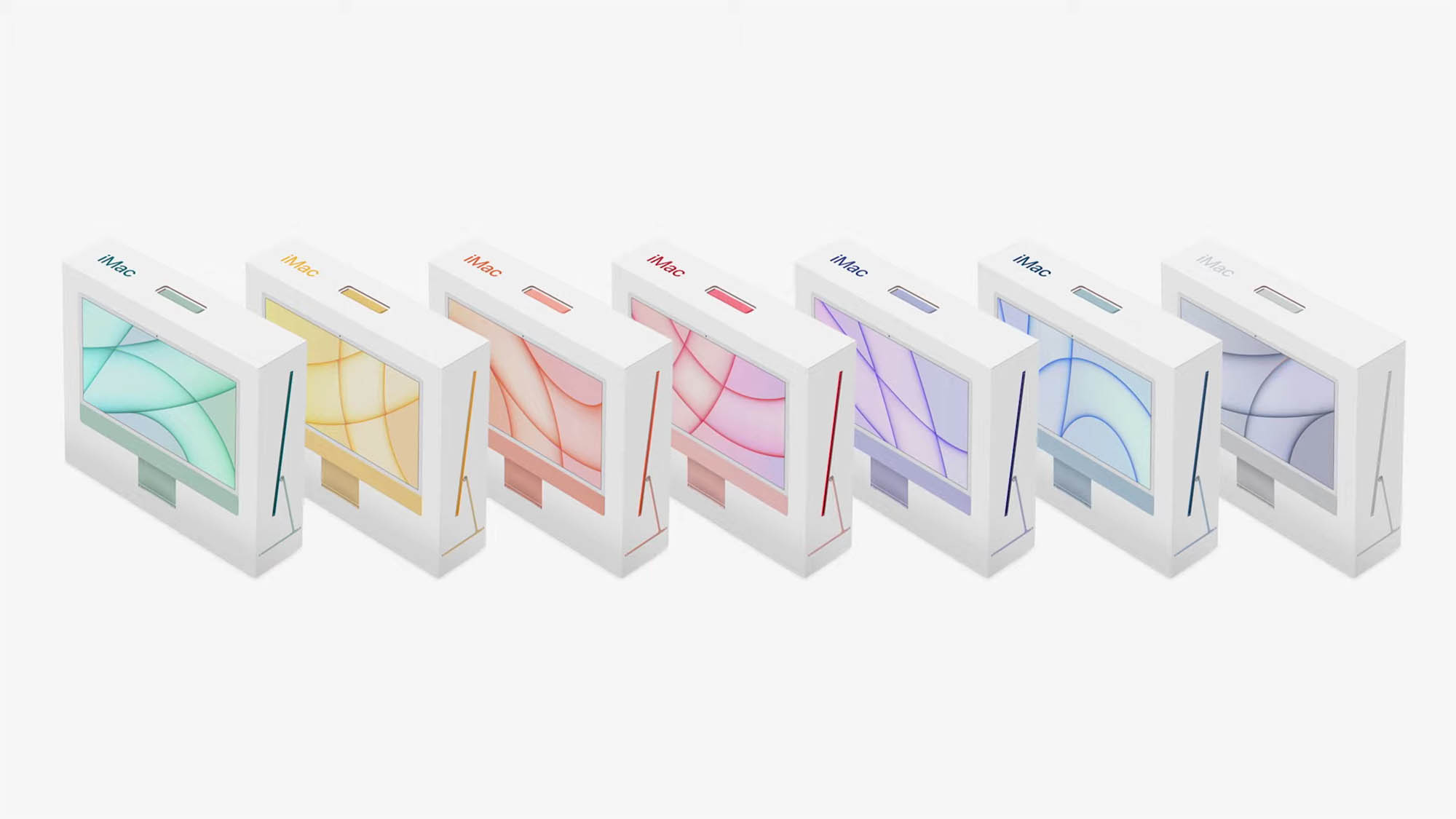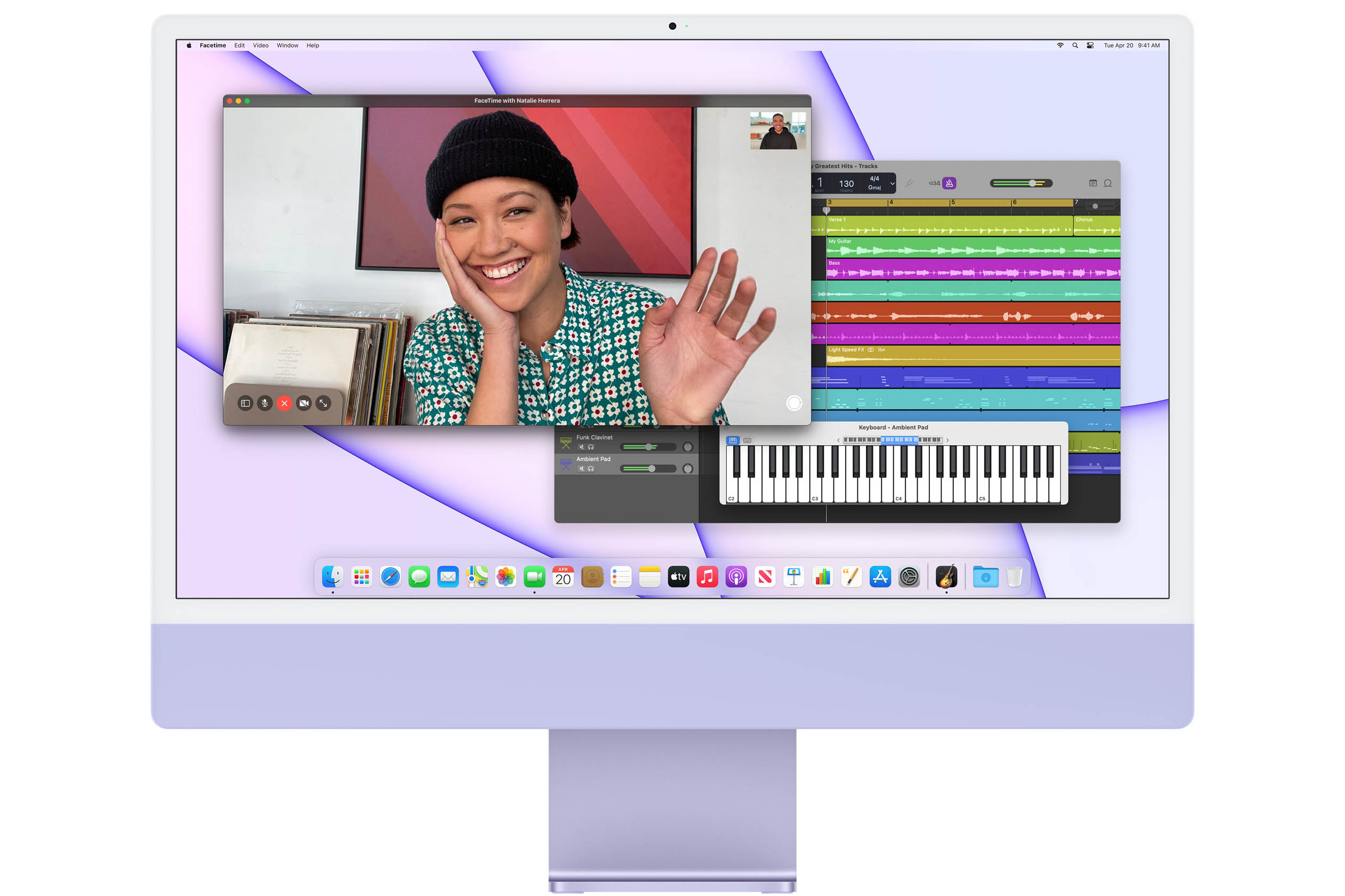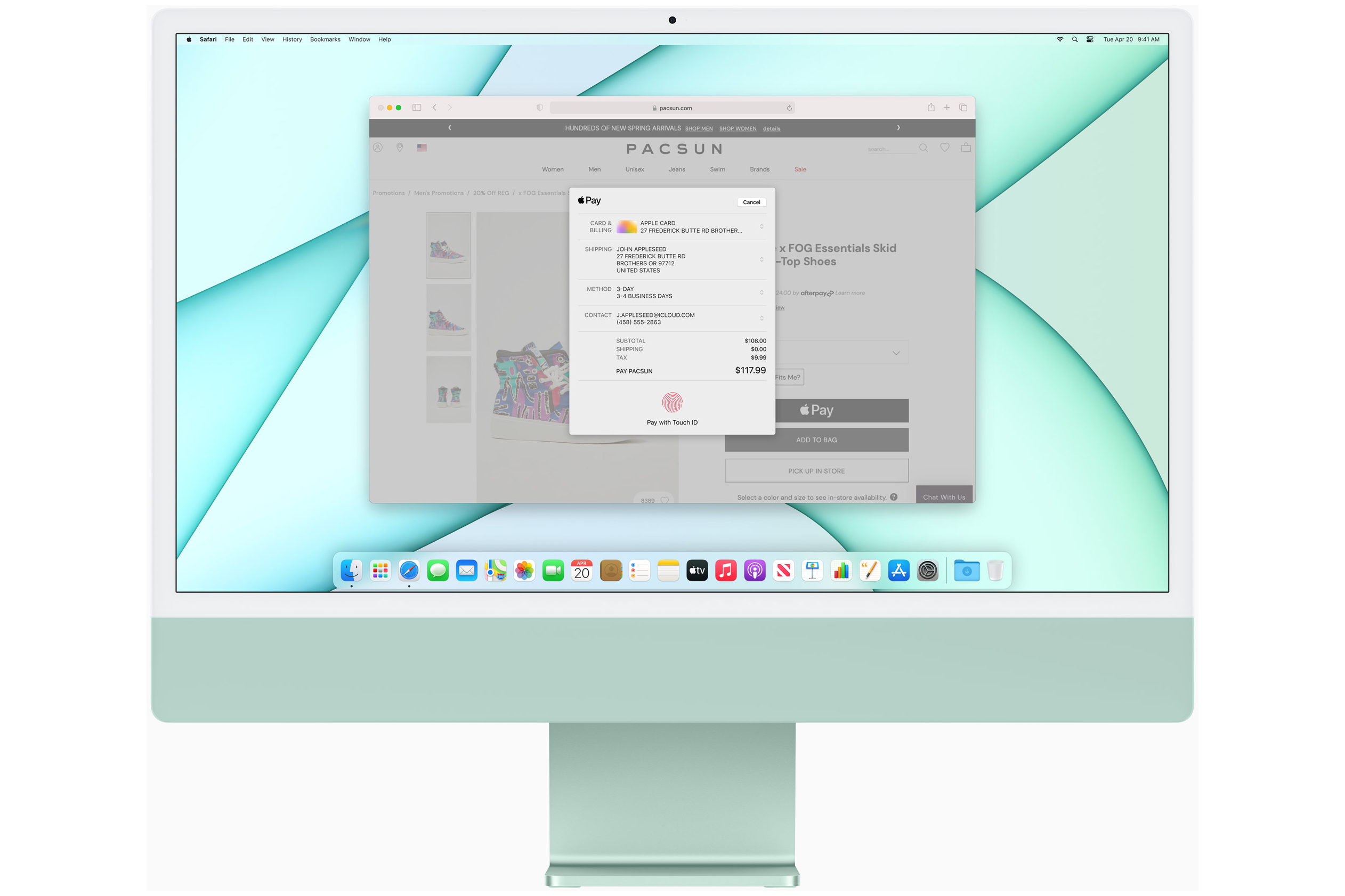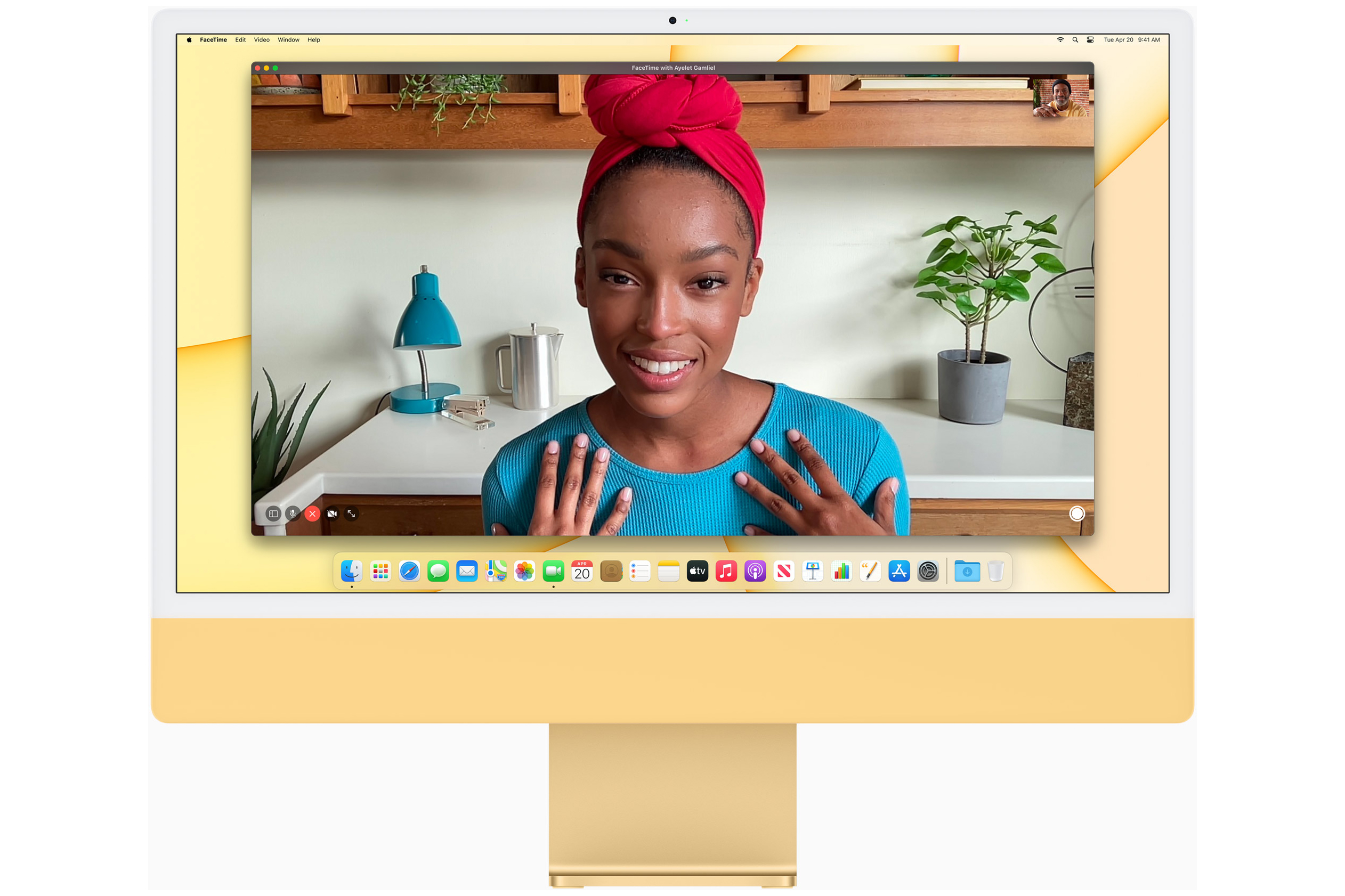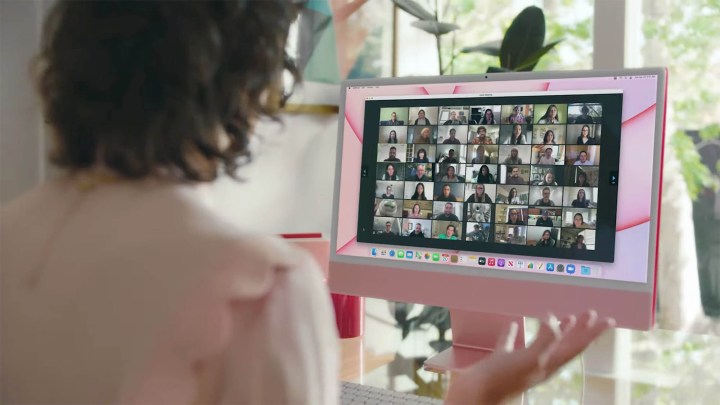
It seems strange, but the iMac — the computer that saved Apple from bankruptcy and self-destruction in the 1990s — has long felt underappreciated and left behind by, well, everything else Apple makes. Today, though, that all changed. The huge redesign introduced at the Apple Spring Loaded event could be the launchpad not just for the all-in-one’s complete revitalization, but for the entire future of the Mac range.
That is largely down to one thing. Of all the new iMac features that Apple unveiled — and there were a lot — one stands looming over them all: The Apple M1 chip. I’ve seen first-hand how incredible this tiny piece of silicon is. When I reviewed the latest Mac Mini, its M1 chip was blisteringly fast — in fact, it was one of the fastest CPUs we have ever seen. Now, the iMac gets to join the party, leaving behind the middling Intel chips it was shackled to for so long.
But the impact of the M1 is not just in the performance you feel. It is felt in what you hear, too. Because the M1 is so insanely efficient, its cooling needs are through the floor. That means you will barely hear the iMac, and Apple said it should hit a mere 10 decibels under a normal load. Compare that to the old iMac, which would start wheezing and spluttering, fans ramped up to max, the moment you opened a simple Pages document, and I know which I would rather have.
The M1 is felt elsewhere, as it has also massively shaped the iMac’s new design, which is a fraction of the thickness of the old iMac. And yes, I’m talking about the old iMac that curved to a razor-thin point at its edges. But that thinness was an illusion, with the middle of the old iMac fattening out to a bulbous ridge in the middle. Now, you get a flat-backed, iPad Pro-inspired design that is shockingly thin the whole way across. That is thanks to the M1, which doesn’t need an army of fans to keep it cool.
It has even — finally – allowed for the introduction of Touch ID in the iMac’s Magic Keyboard, and paves the way for Face ID to come to the Mac. With the Secure Enclave of the M1 chip, Apple will finally have the confidence that your biometric data will stay safely hidden inside your device and protected from meddling malcontents.
Imagining the Mac’s future

What makes the iMac’s redesign so exciting is not just what it means for the all-in-one desktop, but what it means for the entire Mac range. When Apple brought the M1 chip to the MacBook Air, MacBook Pro, and Mac Mini, it kept the exterior designs largely intact. Apple preferred a quick switcheroo to get the M1 out as soon as possible over waiting for more all-encompassing redesigns, and it made sense at the time.
The new iMac shows that it does not have to be that way. Unchained from a slow, hot processor, Apple has had more freedom to design the iMac the way it truly wanted it. Not only could it cram more in — a bigger display, better speakers, top-notch mics — but it could take stuff out too, thinning everything down so that it would, in the words of Apple’s Colleen Novielli, “make the computer disappear.” It is likely closer to what Apple wants the iMac to look like than we have ever seen.
Now imagine that in Apple’s other Macs. Without the chunky cooling system, everything would be thinner and lighter, even the MacBook Air and especially the fairly chunky Mac Mini. Face ID would be present and accounted for. Features we have previously taken for granted, like the webcam and display, would be able to use M1-enabled techs such as the Image Signal Processor or the advanced display engine. The devices would be designed around the M1 and everything it enables. That is an exciting step forward.
The chip that changed it all
It is easy to look at the iMac redesign and ask a simple question: “Why not sooner?” Why did it take nine years to get thinner bezels? Why did it take so long to slim down the design? And why did we have to wait so long for better performance?

The answer to all of those questions is the M1 chip. Without it, none of what Apple showed off today in the iMac would have been possible. That is huge for the future of the Mac because it means Apple can make the products it really wants to without being constrained nearly so much. For a company with pockets as deep as Apple’s, that could mean almost anything is possible.
No doubt the rest of the industry is taking note of what Apple has done and the lessons to be learned. If you want to build the computer of the future, it helps to do things your own way.
